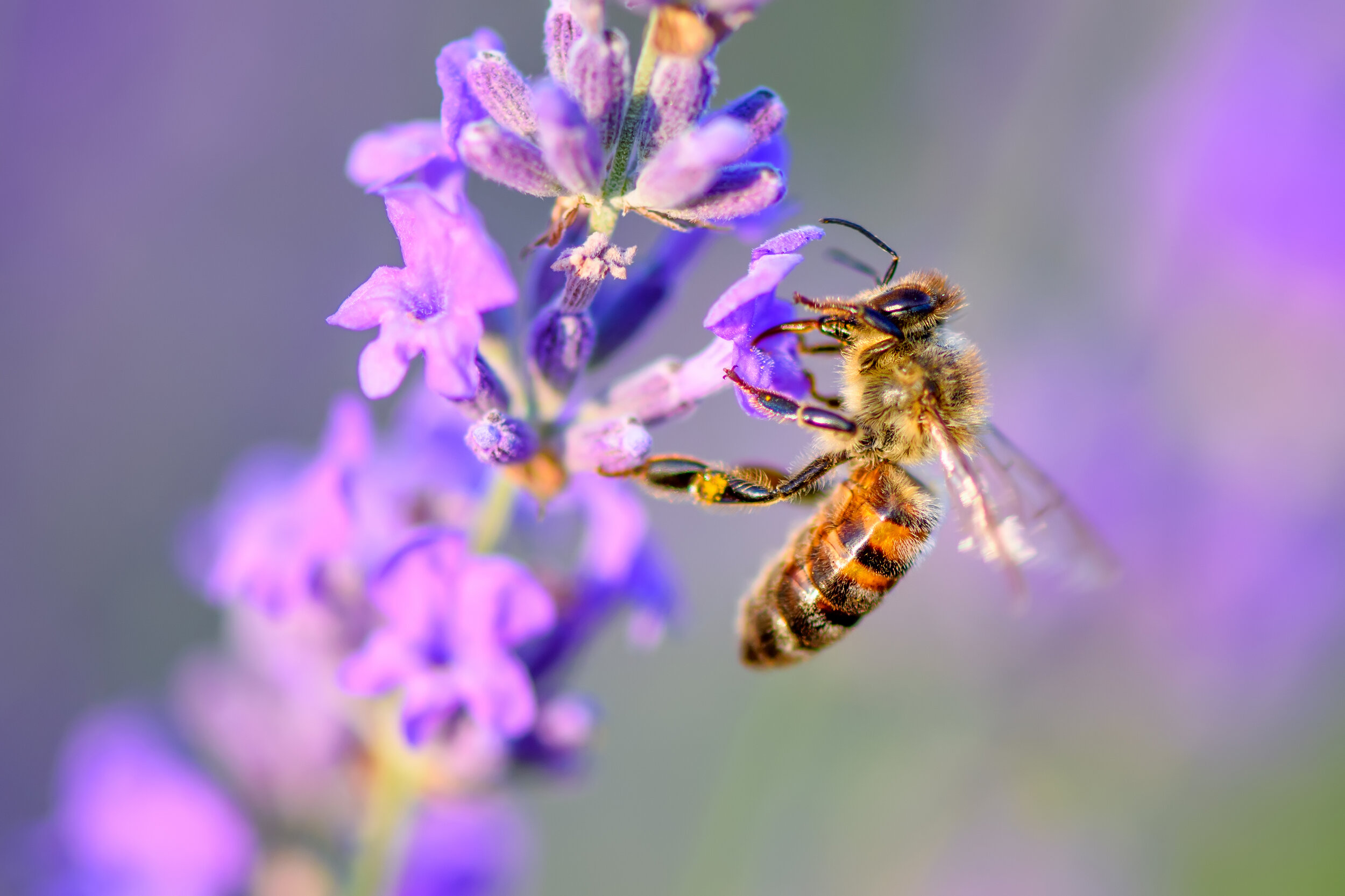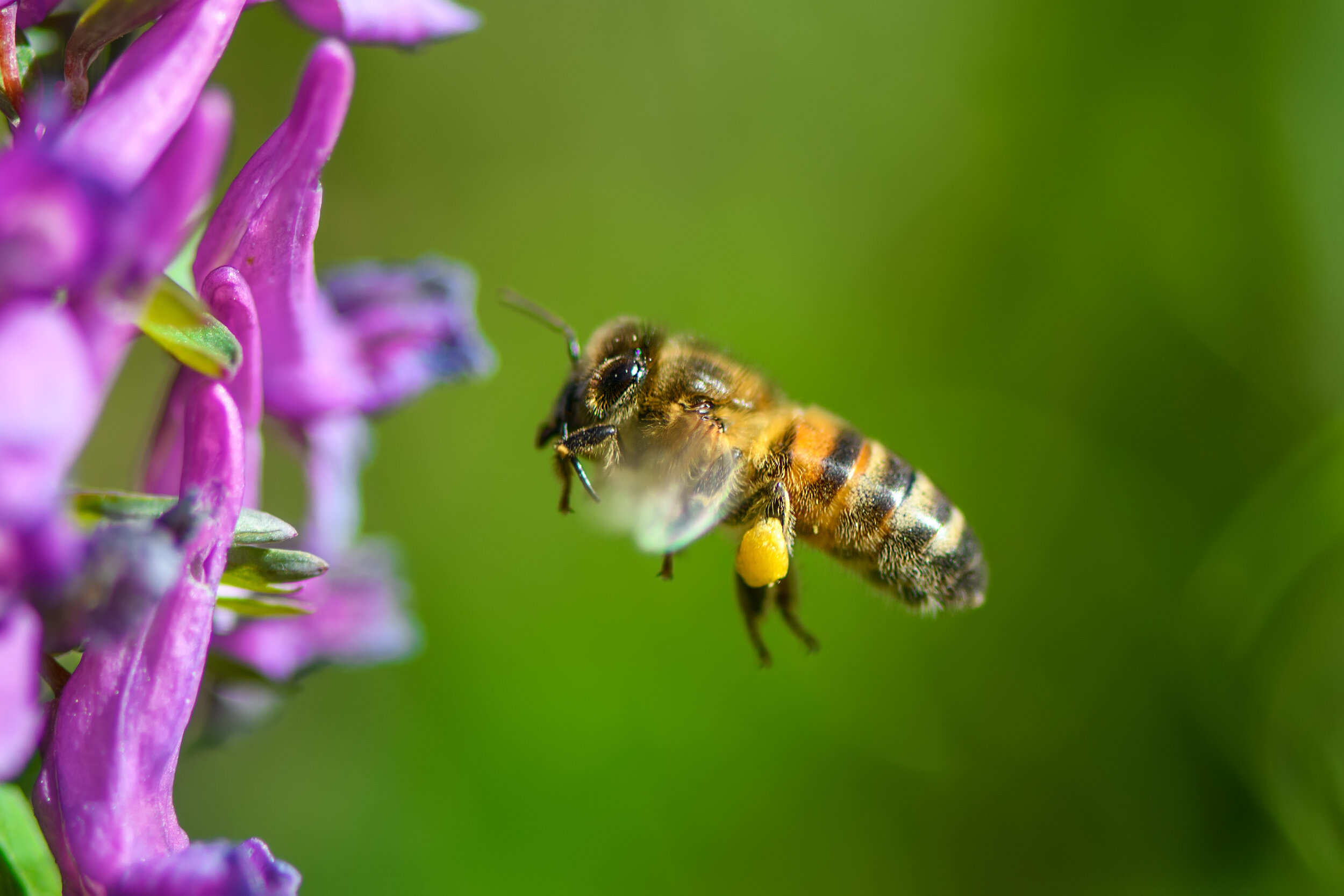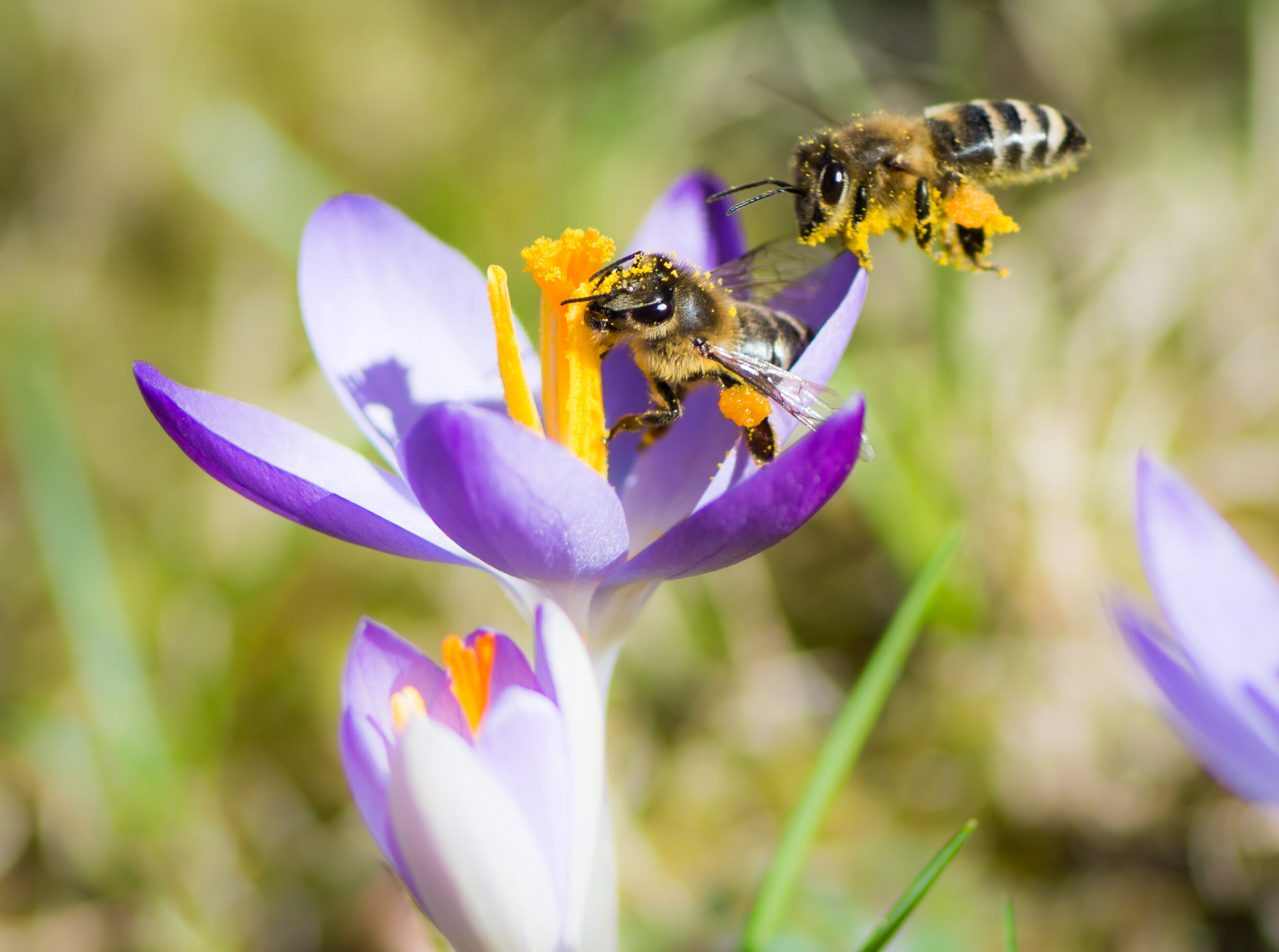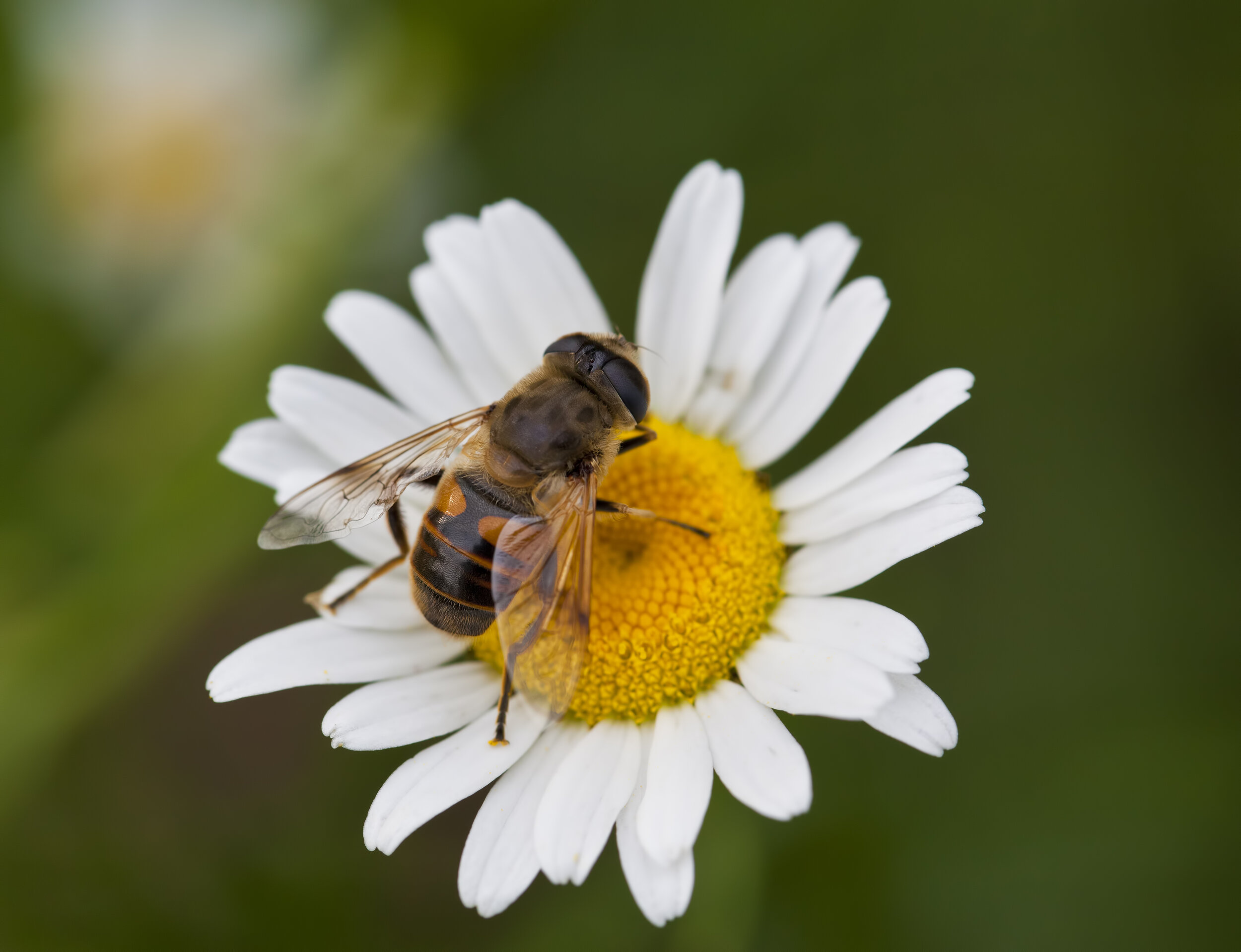Agriculture as a Driver of and Solution to Climate Change
Agriculture is by nature inextricably connected to climate and the environment. But research over the past few decades has helped illuminate the degree to which agriculture is not only impacted by, but also serves as a driver of climatic changes. According to the International Panel on Climate Change, the global average temperature has already increased by 1.0°C above pre-industrial levels, and current trends indicate the planet is likely to warm 1.5°C between 2030 and 2052 if drastic actions are not taken to reduce emissions. In addition to the extensive impacts that this temperature increase will have on numerous natural systems and the cascading and catastrophic implications of those changes, our agricultural lands, food security, and the feasibility of farming as a profession hang in the balance as these trends continue.
Agricultural production in the US is vulnerable to climate change through the direct effects of changing climate conditions (e.g. temperature and precipitation) on crop and livestock growth and yield, as well as through the indirect effects arising from changes in the severity of pest and weed pressures, availability of pollinator services, and the effectiveness of other ecosystem services that impact agriculture productivity. Soil degradation is another issue that is both a result of adverse climate conditions as well as harmful agricultural practices, and which has far reaching implications for the resiliency of US agricultural systems. But agriculture, which stands to be one of the most impacted sectors in a warming world, is also a major contributor to climate change, accounting for almost 10% of all greenhouse gas emissions in the US. For the agricultural sector to remain viable in an increasingly uncertain climate future, it must adopt practices that make our farming systems more resilient to climatic changes. Additionally, the agricultural sector has an opportunity to not only minimize its negative effects on the environment, but to become a much needed part of the solution.
Industrial Agriculture’s Impact on GHGs and the Birds and the Bees
Our modern food system is heavily reliant on the application of synthetic nitrogen as well as chemical pesticides and herbicides. But the production, transport and use of fossil fuel based fertilizers and pesticides are the main uses of energy in agriculture and are significant greenhouse gas emitters. Nitrogen fertilizers in particular are considerable sources of both indirect and direct greenhouse gas emissions. Indirect emissions include the fuel burned in transportation and energy use during production. The discovery of the Haber-Bosch process which converts atmospheric nitrogen into synthetic nitrogen allowed for the widespread fertilization of crops and substantial global increases in yield. But today, the manufacturing of synthetic nitrogen fertilizer alone accounts for as much as 10% of direct global agricultural emissions, a 37% increase since 2001. Direct emissions come from the release of nitrous oxide from on-farm applications of synthetic fertilizer. Nitrous oxide is an extremely potent greenhouse gas estimated to have 300 times more global warming potential than CO2. While all farming operations, including organic practices through the overapplication of manure, can release nitrous oxide, synthetic nitrogen applied in excess to soils has increased nitrous oxide emissions globally.
In addition to greenhouse gas emissions, fertilizer that leaches through soil can also have a number of harmful downstream effects. When applied nitrogen and phosphorus are not fully utilized by plants or retained in the soil, they can be washed away from fields during precipitation events, accumulating downstream in bodies of water causing dead zones - also known as eutrophication (eutrophication is the process by which a body of water becomes increasingly enriched with minerals and nutrients. These nutrients fuel the growth of algae, a major food source for bacteria, causing bacterial populations to explode and exhausting the oxygen in the water, leading to hypoxia or dead zones--mass die off events of fish and other aquatic life.) The Gulf of Mexico Dead Zone, the second largest in the world, is caused by human induced coastal eutrophication in the Mississippi River Delta since the river runs through highly fertilized agricultural lands. In 2017, a New Jersey sized dead zone was measured in the Gulf--the largest dead zone in recorded history. Nitrogen can also be lost from farm fields in the form of gaseous compounds like ammonia and nitrous oxides which can be harmful to aquatic life if large amounts are deposited in surface waters. Nitrogen fertilizers can impact groundwater by creating high concentrations of nitrates in water sources which easily leach into groundwater since they don’t absorb into soil material. While there is limited research on the topic, there is a growing body of literature that indicates potential associations between nitrate exposure through drinking water and health effects, particularly in babies.
The reliance on chemical pesticides and herbicides in intensive agricultural systems has also been shown to be one of the main drivers of negative biodiversity trends such as insect and bird decline. There is growing evidence that neonicotinoids in particular are having wide reaching effects on ecosystem health. Since their introduction in the early 1990s, neonicotinoids, otherwise known as neonics, have become the most widely used insecticide in the world. They are systemic insecticides which means plants absorb them and incorporate the toxin into all of their tissue. Most neonic use in the U.S. is for coating seeds including almost all corn and oilseed rape seed and the majority of soy and cotton seeds. But only 5 percent of the toxin ends up in a corn or soy plant with the rest polluting the soil and environment. Since neonics readily dissolve in water, they can contaminate streams, ponds, and wetlands. Farmers use neonics and other similarly adverse products to manage insect species that pose a threat to crops, but ecosystems harbor thousands of innocuous invertebrate species that are also susceptible to neonics or could transmit them to higher trophic levels. Honeybees are commonly used as a proxy for studying insects and America’s agricultural landscape is now 48 times more toxic to honeybees than it was 25 years ago, almost entirely due to the widespread use of neonics. The alarming rate of insect biodiversity loss was captured in a global analysis of 452 insect species conducted in 2014, which found that insect abundance had declined by 45 percent over 40 years.
Organic’s One-Two Punch: Reducing Emissions while Sequestering Carbon
While agriculture overall is a significant contributor to climate change and highly susceptible to its damaging impacts, organic agriculture is uniquely positioned to not only enhance the resiliency of farm operations in the face of climate change but to actually reduce atmospheric carbon levels and improve global climatic outcomes. Long term studies of organic farms have shown that organic production emits 18% less global warming potential than other farming systems. A major reason for this is that since synthetic chemicals and fertilizers cannot be used in organic systems, organic production eliminates the energy demand for manufacturing these fossil fuel based inputs. Studies show that the elimination of synthetic fertilizers could lower global agricultural greenhouse gas emissions by 20%.
But while the reduction in emissions in organic systems is definitely promising, it is the carbon sequestration potential of organic regenerative systems that could really be a game changer for the trajectory of climate change. Farming techniques employed in organic regenerative agriculture systems such as cover cropping, crop rotation and the application of organic soil amendments increase the presence of microorganisms in the soil which feed off carbon based sugars that are extruded from plant roots. The bacteria and fungi convert the sugars into more stable materials that can trap carbon in the soil for decades or even centuries.
Researchers at the National Soil Project at Northeastern University in collaboration with The Organic Center conducted a study comparing over 1000 soil samples from organic and nonorganic agricultural soils to understand the implications of the different management practices in soil carbon sequestration. They found that soils from organic farms sequester 26% more carbon than nonorganic soils. Data from farming system trials around the world show that we could sequester more than 100% of current CO2 emissions by switching to widely available and inexpensive organic management practices. Even working under modest assumptions about soil’s carbon sequestration potential, regenerative agricultural practices can easily keep annual emission within the necessary range to keep warming limited to 1.5°C.
Combating Biodiversity Loss and Soil Degradation
Another benefit of increasing soil biodiversity through organic and regenerative practices is an increase in downstream biodiversity. In a study published in the Journal of Applied Ecology, researchers from the UK, Switzerland and Sweden found that on average organic farms supported 34% more plant, insect and animal species than conventional farms and that organic farms had 50% higher pollinator species diversity. In addition to the importance of biodiversity for healthy ecosystems in general, it is also key to an agricultural system's ability to adapt to changing climate conditions by supporting the abundance and diversity of beneficial insects such as pollinators and pest predators. A rich mix of microorganisms, plants, and animals on a farm results in healthy soils, strong crops, and resilient natural systems that don’t require chemical inputs to manage pests and diseases. Since half of all global habitable land is used for agriculture, organic farming can play an important role in combating biodiversity loss.
Additionally, soils high in organic matter are less susceptible to erosion from climate extremes such as drought or heavy rain because they tend to have higher water holding capacity, porosity, and aggregate stability than conventionally managed soils. In high volume rainfall events, the ability of soils to effectively absorb water makes them less susceptible to becoming waterlogged, and can give farmers a slightly wider planting or harvest window. Alternatively in drought conditions, structured and porous soils high in organic matter have a much greater water storage capacity and can survive longer periods of drought. As the frequency and severity of extreme weather events increase, a trend which has been occurring across the midwest for the past decade, these characteristics can help protect farms from yield loss.
The more that farmers incorporate practices that cultivate carbon, nutrient, and biodiversity rich soils, the greater capacity they will have to adapt to mounting pressures and obstacles facing agricultural operations today and in the future. But while all sectors will need to adapt to changing environmental conditions and evolving societal expectations, the agricultural sector has a unique opportunity to be a leader in the effort to not just reduce emissions but to draw down atmospheric carbon levels. This is not just a matter of resilience but of growth. If agriculture is seen as a powerful tool to fix one of the greatest threats to the future of humanity, it will attract considerable governmental support as well as private investment, both of which are increasingly interested in backing climate solutions. At Clear Frontier, we are committed to helping farmers adopt practices that build soil health, support biodiversity, reduce emissions and sequester carbon because we believe that a farming sector that works in tandem with human and planetary needs today is one that will be much more secure, robust, and profitable in the future.









